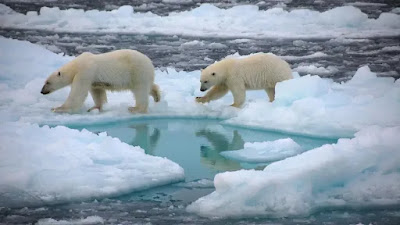DAILY INNOVATION BRIEF by Maryanne Kane, Journalist
DAILY INNOVATION BRIEF
By Journalists Edward Kane & Maryanne Kane
SCIENCE MATCHING THE RIGHT WINE WITH THE RIGHT FLOWERS
Source: Stock
- Scientists, noting that flowers can enhance the flavor of wine, have created the world's first guide that matches wine with flowers to maximize the tasting experience
- Here's what we know:
- Recent scientific research by British scientists has found that the right type of flowers on the table can change the perception of the wine
- The study demonstrated that a harsh wine sipped while looking at delicate flowers was rated by drinkers as less harsh and mild
- Scientists surmise that the sight of delicate flowers makes the wine taste delicate
- Here are some wine and flower matches for best results:
- Cabernet Sauvignon and light pink Calle Lilies
- Pinot Noir and red roses
- Sauvignon Blanc and pale pink carnations
- Merlot and Lady Jane Grey heirloom roses
- Pinot Grigio and light blue dahlias
- Who knew flowers could enhance the flavor of your favorite wine.
MERCEDES' NEW HALO SPORTS CAR
- Mercedes has unveiled the next-generation of its AMG GT coupe - the Halo 2024
- Here's what we know:
- Halo is a 2+2 sports car designed to take on the Porsche 911
- It's 7" longer and 1.6" wider than its predecessor GT
- Uses SL platform with 4.0-liter twin-turbo V8 engine over the front axle
- Engine available in 2 forms:
- GT 53 with 469 hp and 516 ft-lbs of torque
- GT 63 with 577 hp and 590 ft-lbs of torque
- Greater level of performance than previous GTs with advanced power train control and chassis control technologies
- 0 to 60 mph in 3.1 seconds
- 9-speed multi-clutch transmission
- Rear diffuser and active splitter upfront
- Aerodynamic elegant design
- Mercedes says they "re-thought" the vehicle and made it practical for everyday use, beyond being a cutting-edge sports car.
WORLD'S 1ST BIG IMAGE DATASET ON NORTH POLE CC
- The US Coast Guard, along with MIT Lincoln Laboratory and Teledyne technologies, have launched the world's 1st-of-its-kind mission to amass a big dataset of ice images at the Arctic's North Pole
- Here's what we know:
- The US Coast Guard's most technologically advanced & largest icebreaker Healy is on a 3-month mission across the North Pole collecting 24/7 videos and still images of ice for AI analysis of Climate Change
- Another use is for navigation because the Arctic waters are changing and melting so quickly from CC
- The goal is to train AI computer vision technologies to automate the analysis
- The infrared sensing technology deployed is awesome
- Called CRISP (Cold Region Imaging & Surveillance Platform)
- Central component is a longwave, sensor laden, infrared camera that can stabilize in rough seas and can shoot videos and stills in the dark, fog, glare & other rough conditions 24/7 either manually or autonomously from the front of Healy
- Lincoln Labs & Teledyne FLIR innovated the camera
- This dataset is at ocean-level not from satellite images so it will closely show and increase our understanding of how climate, ice, wildlife and geography are changing in the region at the top of the world
- When the North Pole mission is completed, the team is going to publicly release and open source the data for global research to accelerate CC solutions.
For more news stories like this, LATEST INNOVATIONS FOR TOMORROW

.jpg)

.jpg)



%20(1)%20(1)%20(3)%20(2)%20(2).jpg)

Comments
Post a Comment